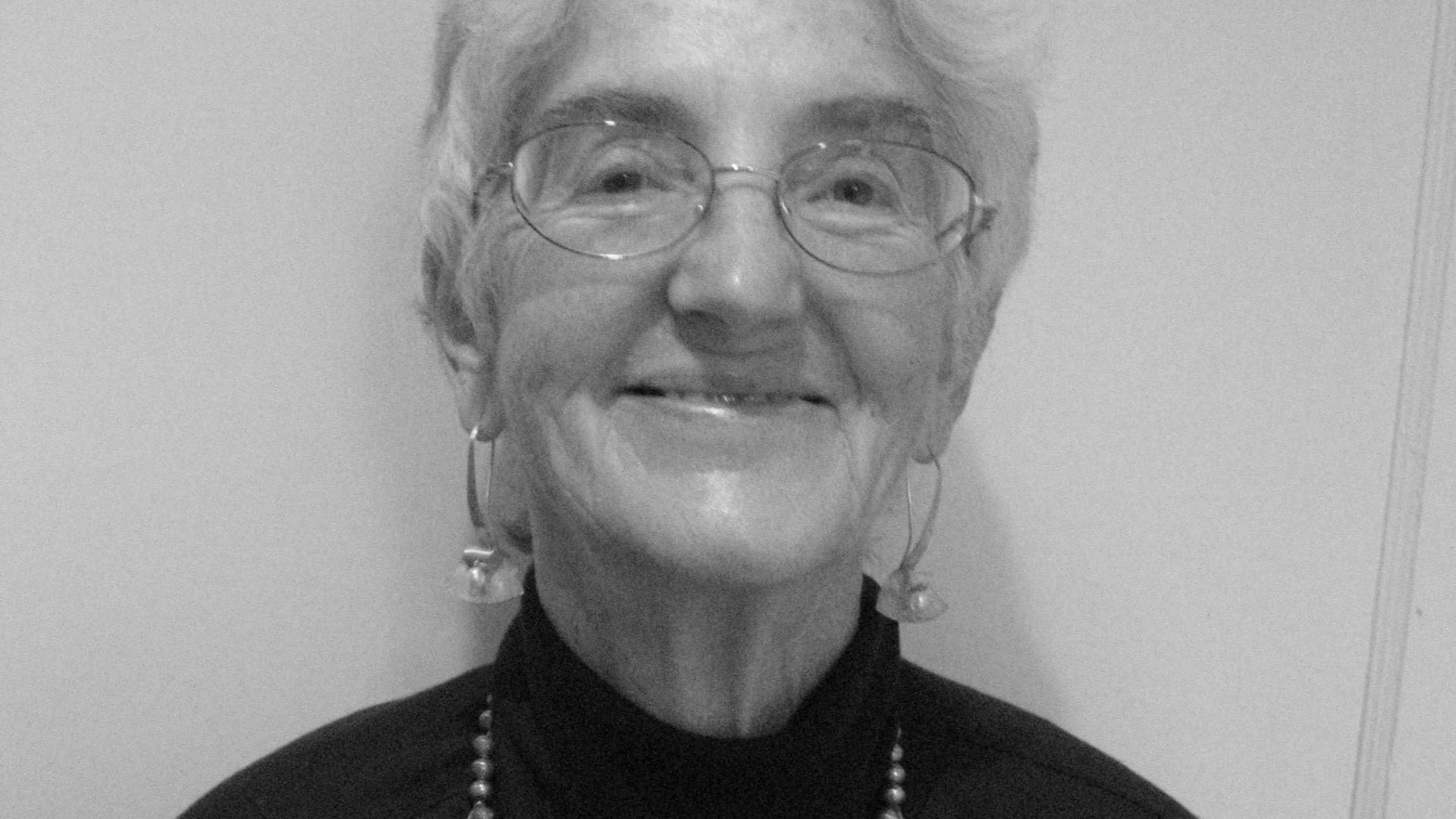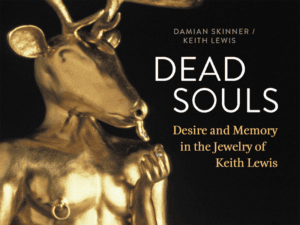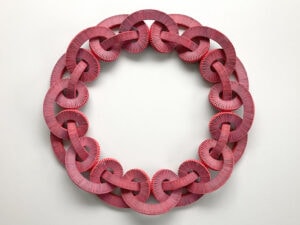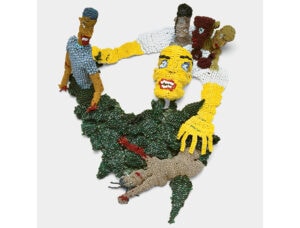It’s not often you see an art book whose text is more interesting than the photographs. But such is the case with this retrospective catalog of the work of Gerd Rothmann. The hefty 404-page book shows the artist’s entire oeuvre (or at least everything he documented) from 1967 to 2008. The 589 photographs give a good idea of Rothmann’s changing styles and there are occasional full-page illustrations of some of his most distinctive pieces. But the text is a must-read for every collector, whether or not they know or care about the work itself.
It’s not often you see an art book whose text is more interesting than the photographs. But such is the case with this retrospective catalog of the work of Gerd Rothmann. The hefty 404-page book shows the artist’s entire oeuvre (or at least everything he documented) from 1967 to 2008. The 589 photographs give a good idea of Rothmann’s changing styles and there are occasional full-page illustrations of some of his most distinctive pieces. But the text is a must-read for every collector, whether or not they know or care about the work itself.
Like several artists – and M C Escher is a case in point – Rothmann’s earlier work in the 1960s and 1970s was interesting as far as it went. Only from the late 1970s onwards did he make a quantum design leap into the work for which he became most famous: his designs with fingerprints, noses and other body parts which combine surrealism and imaginative metalwork.
The designs are also extremely personal, as Rothmann explains in his commentaries. He quotes a friend who actually implied that Rothmann, ‘became a goldsmith to come on to women. That art is just an excuse to fiddle around with them.’ The artist himself puts it differently: ‘It’s just a result of a lifelong interest in the medium of jewelry in connection with people.’ Rothmann’s rings, bracelets, necklaces and later his small vessels with cast fingerprints in silver or gold create a unique relationship with the wearer, because it’s your or your family’s prints or your golden nose that is immortalized in the work.
The comments of his clients will resonate with every jewelry lover and collector. Dr Christiane Lange, who wrote the preface to this book, says that ‘For over a decade now, I hardly leave my house without wearing a necklace by Gerd Rothmann . . . embossed with the fingerprints of both my parents.’ She adds, ‘Personally, I feel safely protected by the qualities of my mother and my father that now always accompany me within this gift.’
Speaking as a jeweler, I would have liked more information about Rothmann’s process of making the fingerprints and using them in bigger pieces such as bowls and vases. There is a hint that he uses dental materials as well as wax, but you don’t know whether the whole piece was cast or fabricated. I also wish the publisher had translated all the information in the captions into English. I can guess the meaning of ‘silber’ but what’ is ‘kupfer’?
Speaking as a jewelry wearer, however, I would love to be Rothmann’s client. I’d feel like Olga, one of Rothmann’s clients, who says, ‘I can’t be without jewelry. Whenever I go out I have to wear something. It calms me, it centers me, it makes me more confident.’ And so say all of us!






